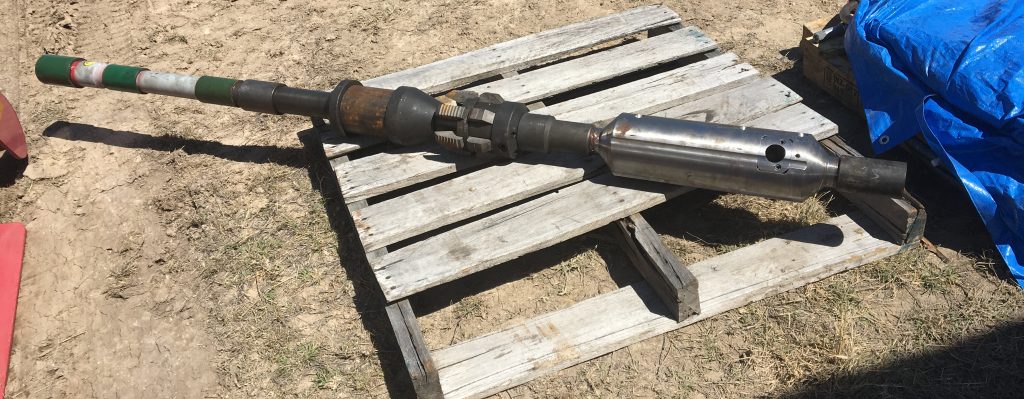The drilling technology significantly increasing well production and recovery
New radial drilling technology is providing an alternative to fracking in new and existing Australian gas wells with its ability to significantly increase production, which in turn increases a project’s operating margin.
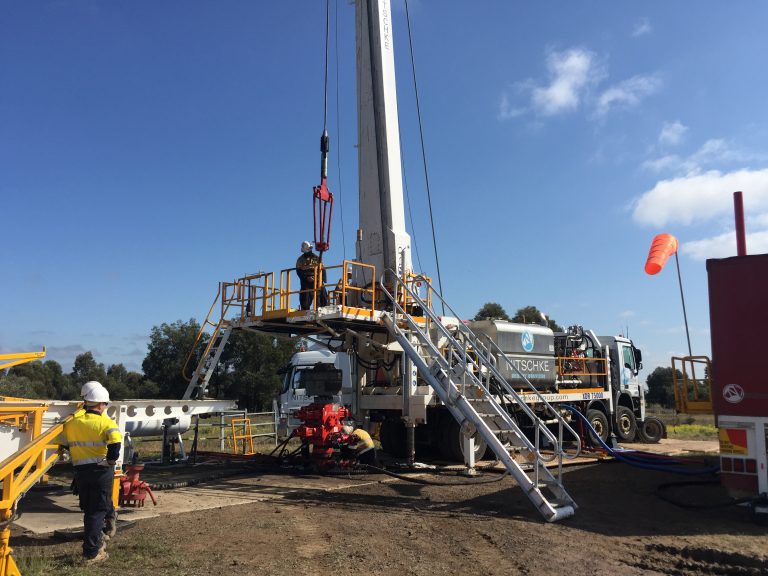
Australia has strong unconventional gas resource potential, but while thousands of wells have been drilled in areas such as the Surat and Bowen Basins, outputs have been lower than anticipated. With high demand for gas on the east coast, as well as restricted production in some states, it’s essential to unlock more value out of Australia’s existing wells.
Darren Rice, Chief Executive Officer at V2H Australia, believes this can be achieved through radial drilling technologies which he said are going to dramatically change the oil and gas industry.
“We believe that radial drilling, much like horizontal drilling and fracking, will become recognised as a step-change technology for the oil and gas industry,” Mr Rice said.
“Australia is sitting on vast resources and reserves of unconventional assets, and to unlock the value of these assets will take new technology. We believe radial drilling has a big part to play in achieving this.”
V2H has been developing these tight radius drilling technologies for 20 years, and has spent more than $40 million on research and development. In Australia, BHP has been actively involved in the development, and Powered, an Australian energy and resource-focused business development company, is supporting V2H to enter the Australian market.
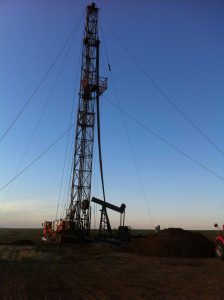 Increased production and precision
Increased production and precision
Radial drilling can be used in existing or new wellbores and creates an extensive pattern of radials that dramatically increase the surface area of the formation that is exposed to the wellbore. The result of these radials are higher rates of production and recovery.
Mr Rice said the unique aspect of radial drilling is the speed and cost at which radials can be deployed in either new or existing wells.
“Radial drilling can be viewed as a workover technology for existing (older wells) or as a completion tool for new wells. Our modelling suggests the sooner you put laterals into a well the better.”
V2H has two types of radial technologies, one is a “through casing” system that jets a radial pattern of laterals, 30m in length (per lateral), and can be deployed in wells with casing as small as 4.5”.
The other system, which originated in Brisbane, was initially designed to assist in the degassing of coals ahead of coal mining. This system is larger scale, requires that wells have an under-reamed section, and can jet laterals of more than 300m.
Drilling multiple laterals in multiple zones from one vertical wellbore allows a significant drainage area from one low-cost well, and means you can have fewer production wells with even greater capacity.
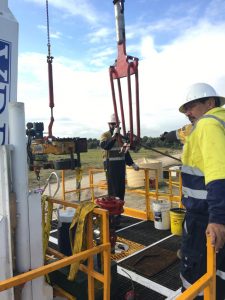 An alternative to fracking
An alternative to fracking
There is no hydraulic fracturing of the rock when using radial drilling technologies which is why it is seen as an alternative to fracking. Mr Rice said that on a dollar for dollar basis he believes radials could also achieve a better result than fracking.
“Our radials can be deployed with absolute precision, as we now have the ability to steer and survey our laterals as we are jetting them. With fracking there is no control over where the frac goes, and a tremendous amount of water and energy is required to achieve a commercial result,” Mr Rice said.
“With radials we only require approximately 100bbls of water per job, and on the last well we completed in Australia we actually jetted with formation water that had been produced from the well.”
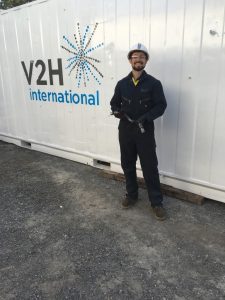 Unlocking Australia’s gas resources
Unlocking Australia’s gas resources
V2H Australia’s radial technology has already been employed in a number of Australian projects, including one well that was producing less than 100,000 cu ft/d prior to laterals being deployed, and, following stimulation, production peaked at 1,100,000 cu ft/d and went on to recover over 2PJ’s.
Andrew Hesse, Strategic Accounts Manager at Powered, said he has seen the strong potential for this type of technology to boost production in Australian projects.
“Powered is always striving to deliver solutions to oil and gas operators that genuinely add value and solve problems, and in V2H we see tremendous potential to improve production rates and to unlock gas resources that are currently behind casing or trapped in formation, as well as offering an alternative to existing technologies to access hydrocarbon in certain formation types,” Mr Hesse said.
